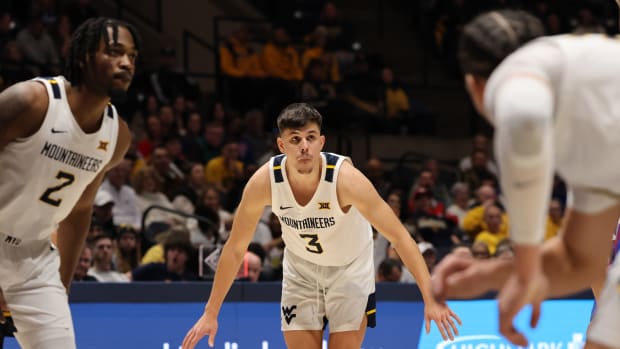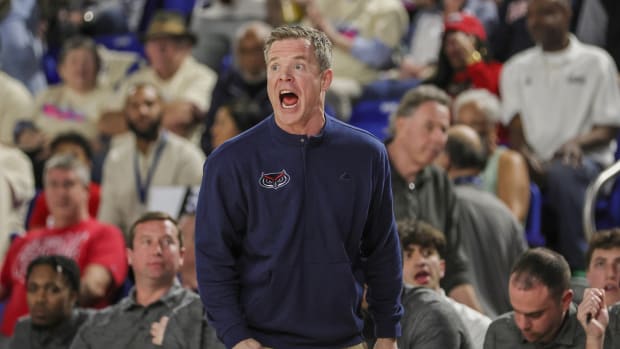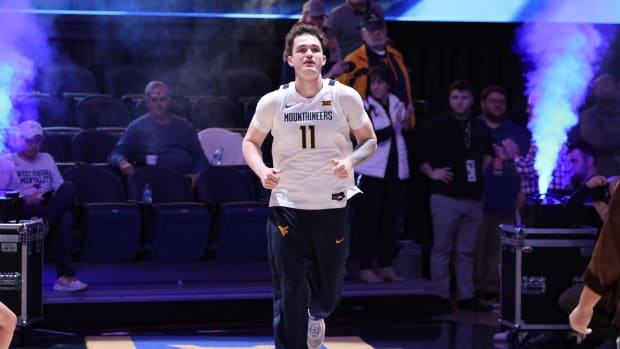What Went Wrong in WVU’s Loss to Syracuse?
The first ten or so minutes of West Virginia’s 2nd round matchup with Syracuse in the NCAA Tournament was really hard to watch. It wasn’t just one particular area that hurt the Mountaineers, it was everything, most of which was self-inflicted.
Twelve turnovers in eight minutes isn’t going to win you many games and, as evident on Sunday, they created a big hole that the Mountaineers had to dig themselves out of. The 2-3 zone really bothered West Virginia in many ways. Syracuse’s length had a lot to do with that, however, just about every offensive trip up the floor seemed scripted and felt as if WVU was going through a walk thru to learn how to beat the zone. There was too much thinking and not enough communication which caused many turnovers.
If you just glanced at the stat sheet following the game and didn’t look at the score, you would probably think West Virginia won the game. The Mountaineers collected 19 offensive rebounds but were unable to cash in on second-chance points. WVU was unable to convert near the post and even allowed offensive rebounds to become turnovers.
Instead of throwing the ball around the perimeter, it was shocking that the WVU guards didn’t drive the ball to the paint more often. The mid-range jumpers from Emmitt Matthews Jr. and Derek Culver just weren’t there so turning to a penetrate and pitch offense may have helped iron things out a little sooner. Syracuse did make it difficult to attack the paint, but the Mountaineers still missed many opportunities.
Derek Culver had a hard time getting good positioning at the post, and when he did get the ball, his forced shots were denied by Syracuse's defenders. Syracuse limited Culver to seven points and three boards, making him essentially an ineffective pawn in West Virginia’s game plan.
Defensively, West Virginia head coach Bob Huggins said he told his players to stay on their guy and not to switch on screens. This was intended to keep length up against Syracuse's three-point shooters. For some reason, the Mountaineers continued to switch and, according to Huggins, this played a big part in a 9-0 run sparked by Syracuse threes. As a team, Syracuse shot 52% from the field and 45% from behind the arc (14-of-31). Although the Orange received many open looks, there were some highly contested shots that were made and on those, you just have to give credit to the guy for making a tough shot.
Sunday's contest was a game of runs and, unfortunately for the Mountaineers, there was not enough time left in the game to come out on top. A 9-2 run in the final minute of the game helped WVU stay competitive, but the run came too late.
You can follow us for future coverage by clicking "Follow" on the page's top righthand corner. Also, be sure to like us on Facebook & Twitter:
Facebook - @WVUonSI
Twitter - @SI_WVU and Schuyler Callihan at @Callihan_.




